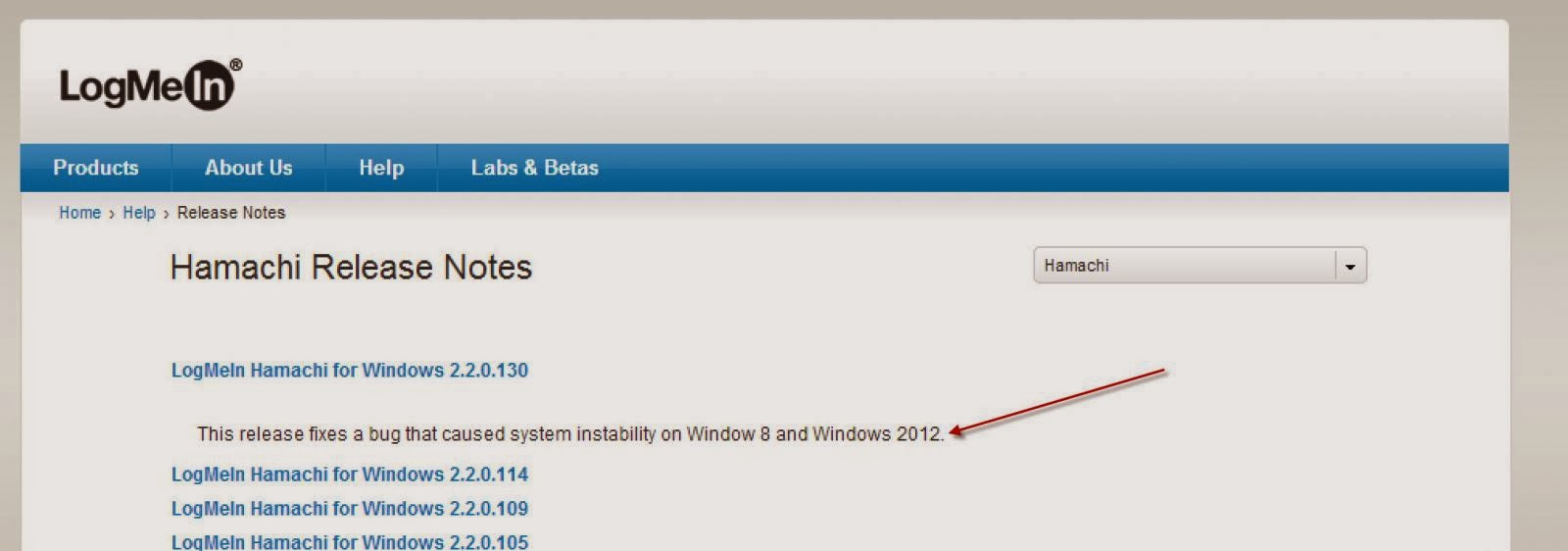

To check the IP address, hamachi client id and other details about your system just type command ‘ hamachi‘ and press enter. Step 5 – Check Hamachi Status and Details Now you have successfully joined to existing network. 181-585-285 is the LogMeIn-Hamachi network id. There is no need for any login credentials for it, just use the following command. Use this network id and password to attach remote systems to this network.Īfter installing hamachi, let’s join existing network. On creation of the network, you will get a network id. For security, purpose assigns a password for your network. But I prefer to login to the LogMeIn hamachi dashboard and create a Network under Networks > My Networks section. You can also create the network using the command line. sudo /etc/init.d/logmein-hamachi start Step 3 – Set Up LogMeIn Network Start Hamachi service using the following command.
#Logmein hamachi install
You may also use the below commands to install LogMeIn hamachi client on your system. Visit LogMeIn official download webpage to download latest LogMeIn-hamachi packages for your Debian, Redhat or Windows systems. If you don’t have already install it using the following command. Linux Client IP: Will get after Install Step 1 – Install Required Packagesįor installing hamachi on CentOS, RedHat systems, you must have installed redhat-lsb package. Also, attach a Windows system to communicate each host over VPN.

This tutorial will help you set up LogMeIn VPN network and add Linux machines to this network.
#Logmein hamachi upgrade
To add more than 5 systems required to upgrade network to paid version.įor this tutorial, I have already created hamachi network from its web interface and get a network id and connected a windows system with this network. You can add up to 5 systems in each network with free account. You can create a free account on and create networks. This provides an quick and easier way to create VPN network and attach system. Hamachi is used or setup VPN and connect systems over VPN network.


 0 kommentar(er)
0 kommentar(er)
